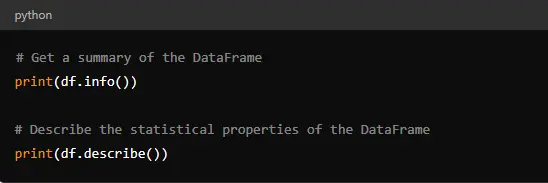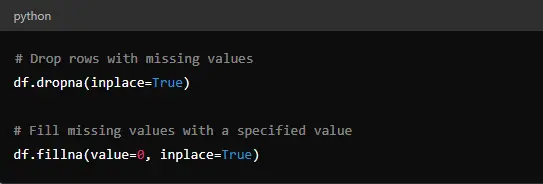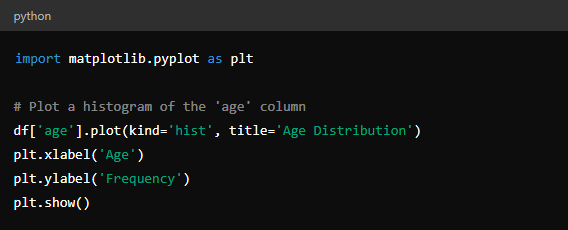In the modern digital world, the capacity to research and interpret data is an important skill. Whether you are operating in finance, healthcare, advertising and marketing, or technology, the insights gleaned from data analysis can pressure key choices and inventions. One of the most effective tools for data analysis in Python is Pandas—a flexible and easy-to-use library that has become a staple for data scientists and analysts. For those looking to build their skills, enrolling in a Python learning course can provide the foundation needed to master tools like Pandas. In this blog, we’re going to explore the fundamentals of data analysis with the use of Pandas and Python.
What is Pandas?
Pandas is an open-supply library that gives high-performance, easy-to-use data systems, and data analysis equipment for the Python programming language. It is constructed on the top of NumPy, some other effective Python library, and it’s specifically properly desirable for operating with based information, consisting of tabular data in spreadsheets or SQL databases.
Key Features of Pandas:
DataFrame: A 2-dimensional labeled data structure with columns of potentially different
Series: A one-dimensional labeled array that can hold any data type.
Data Cleaning: Pandas supplies tools for handling missing data, duplicates, and other common data quality issues.
Types: Think of it as an Excel spreadsheet or an SQL table.
Data Transformation: It includes functionalities to filter, sort, and aggregate data.
Visualization: Pandas can be integrated with Matplotlib, another Python library, to visualize data effectively.
Getting Started with Pandas
To start using Pandas, the first step is to install the library if it’s not already installed. You can do this using pip:

Once installed, you can import Pandas into your Python script or Jupyter Notebook:
Loading Data
Pandas can handle various data formats, including CSV, Excel, JSON, and SQL databases. Let’s start by loading a sample CSV file into a Pandas DataFrame:

This code reads a CSV file named ‘sample_data.csv’ into a DataFrame and displays the first five rows. The ‘head()’ method is handy for quickly inspecting your data.
Data Exploration
Once you’ve imported your data into a DataFrame, the next step is to explore it. Fortunately, Pandas offers a variety of tools to help you understand the structure and content of your data.

The ‘info()’ method provides a concise summary of the DataFrame, including the data types and non-null counts, while ‘describe()’ gives you a statistical overview of the numeric columns in your DataFrame.
Data Manipulation
One of the strengths of Pandas is its ability to manipulate data easily. Here are some common operations:
Filtering Data
You can filter data based on conditions:

Handling Missing Data
Missing data is a common issue in real-world datasets. Pandas offers functions to handle missing values effectively:

Aggregating Data
Pandas allows you to perform group-wise operations, similar to SQL’s ‘GROUP BY:’

Data Visualization
Visualising data is an essential step in data analysis as it helps to uncover trends, patterns, and outliers. Pandas can be easily integrated with Matplotlib for this purpose:

Example Diagram: Age Distribution
Below is an example of a simple histogram generated using Pandas and Matplotlib. In addition, this bar chart provides a graphical representation of how ages are spread out in the data set, which ultimately can be useful for understanding the demographics of the data
CONCLUSION
Pandas is a very effective tool for Data Analysis, imparting an extensive variety of functions and strategies to control, analyse, and visualize data. With just a few lines of code, you can perform complex data analysis duties that could otherwise be time-consuming and mistakes-prone. Whether you’re a beginner or an experienced data analyst, Pandas is an important library that could significantly increase your productivity and efficiency in handling data. Considering Gal Tech School, the Best Python training institute, mastering Pandas is crucial for effective data analysis. So, begin exploring your data with Pandas and unlock the ability hidden inside your datasets.







